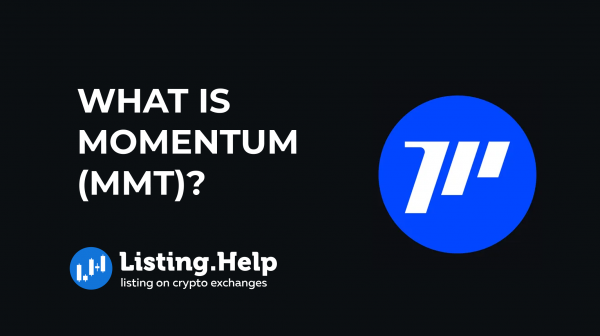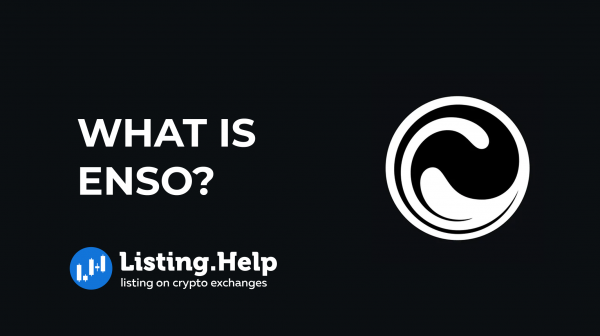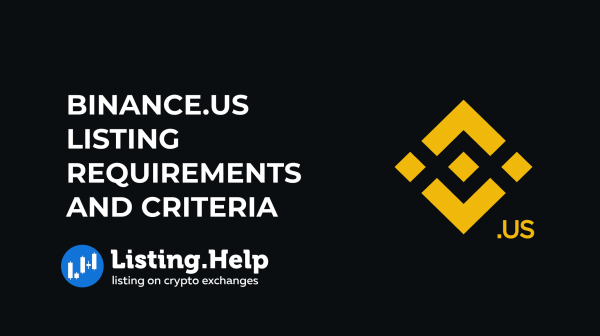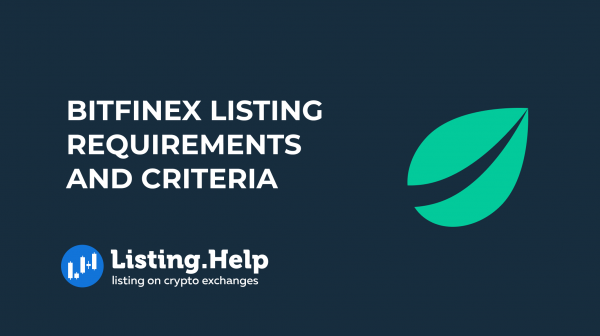What is Enso (ENSO)?
 November 24, 2025
November 24, 2025 Updated: November 24 2025, 12:47
Updated: November 24 2025, 12:47
LEAVE A REQUEST
Launching your own token project? Our experts are ready to help with listing on exchanges, market making, marketing and other solutions
SUBMIT APPLICATIONEnso is a decentralized Layer 1 network built to make it easier for developers to work with smart contracts across blockchains, rollups, and appchains. It functions as a coordination layer that links contracts from different environments, allowing developers to build across ecosystems without handling the usual technical complexity.
At its core, Enso uses two ideas: Intents and Actions. Intents let users or developers explain what outcome they want — such as sending assets or performing a swap — without specifying every operational detail.
Actions represent the smaller steps required to complete those tasks, like transferring tokens or staking them. The network matches the right Actions to the Intent and executes them efficiently. By turning complicated blockchain operations into intent-based requests, Enso aims to make decentralized development more accessible and consistent.
How Enso Works?
Enso uses a shared network state that acts as a global data source for contract information from various blockchains and rollups. This gives developers one consistent place to work instead of managing separate integrations for each environment.
Each contract is stored as an entity that includes everything needed to create executable bytecode — the low-level code blockchains use to run operations. Entities are also linked to their chain IDs, allowing the network to understand where each contract lives.
For example, Aave’s lending protocol on Ethereum is stored as an entity with a “Lend” action type. When a developer wants to interact with lending protocols on multiple networks, Enso can pull the needed components from the shared state and generate bytecode for that request. This approach turns multi-chain interactions into standardized building blocks that simplify development.
Network Participants
Enso’s architecture relies on four main participants, each responsible for a different part of the process:
Consumers
These are users or developers who submit intents. They state the result they want, such as a swap or a lending action, and let the network handle how to perform it.
Action Providers
Developers who contribute reusable smart contract modules called Actions. These modules define how specific blockchain steps work and can be combined to satisfy many intents.
Graphers
Participants who search the shared state to connect the right Actions. They produce optimized, executable bytecode tailored to the user’s request.
Validators
Nodes that verify proposed solutions. They test the generated bytecode across chains to ensure it functions safely and correctly, selecting the most reliable execution path.
The typical Enso workflow includes:
- Intent creation: A user submits an intent describing a desired outcome, like a swap or lending operation, without specifying the exact process.
- Action contribution: Action Providers supply reusable abstractions (actions) that outline how operations such as swaps or deposits should be handled.
- Pathfinding: Graphers review the shared state to assemble the right Actions and generate bytecode that meets the intent efficiently.
- Validation: Validators test the bytecode on forked chain states to confirm secure and accurate execution.
- Solution selection: All valid solutions are compared, and the one offering the best results at the lowest cost is chosen.
- Execution: The selected solution is returned to the user for execution. Fees embedded in the bytecode are distributed through an auction system and shared among Graphers, Validators, and Action Providers in ENSO tokens.
Use Cases
Enso can be integrated into a wide range of DeFi applications that involve liquidity, asset movement, or automation, including:
- DEXs and aggregators: Enso can streamline liquidity provision with simplified zaps, helping users adjust positions and improve efficiency.
- Wallets: Wallets can offer smoother swaps, cross-chain transfers, and direct access to yield opportunities while keeping assets active.
- Stablecoins: Teams can mint assets from a single origin point and move them across networks with secure bridging, enabling yield-bearing stablecoins without deploying multiple contract instances.
- Vault deposits: Platforms can accept deposits in any token and make vault transitions easier, keeping capital in their ecosystem and improving participation.
- Market makers: Enso can automate market-making tasks, arbitrage, and liquidity rebalancing, helping improve capital usage with automated adjustments.
What is the ENSO Token?
ENSO is the native token of the protocol, with a capped supply of 127,339,703 tokens. It follows a controlled inflation model that decreases over time and ends completely after ten years. It serves several functions within the network:
- Governance: Token holders can stake ENSO to vote on upgrades and improvements. Votes do not earn staking rewards, and proposals must reach quorum to pass.
- Security: ENSO can be staked to support validation and uphold network security. Validators use a Proof of Stake model and simulation tools to confirm accuracy.
- Delegation: Holders may delegate their staked ENSO to Validators and receive a portion of validation revenue, allowing them to contribute without running infrastructure.
The ENSO token is listed on many platforms, including XT, Bitget, CoinMarketCap and Coingecko. If you’re looking to list your token on similar platforms, understanding the token listing process and crypto exchange listing fees is essential.
Conclusion
Enso is built to streamline how developers create and connect applications across multiple blockchains. With intent-based requests and a shared network state, users can describe the outcome they want while the network determines the best way to carry it out. By bringing together Action Providers, Graphers, and Validators, the protocol produces and verifies bytecode on-chain, reducing manual overhead and improving interaction between smart contracts across networks.

For more insights and updates on the crypto world, don’t forget to check out our blog at Listing.Help.




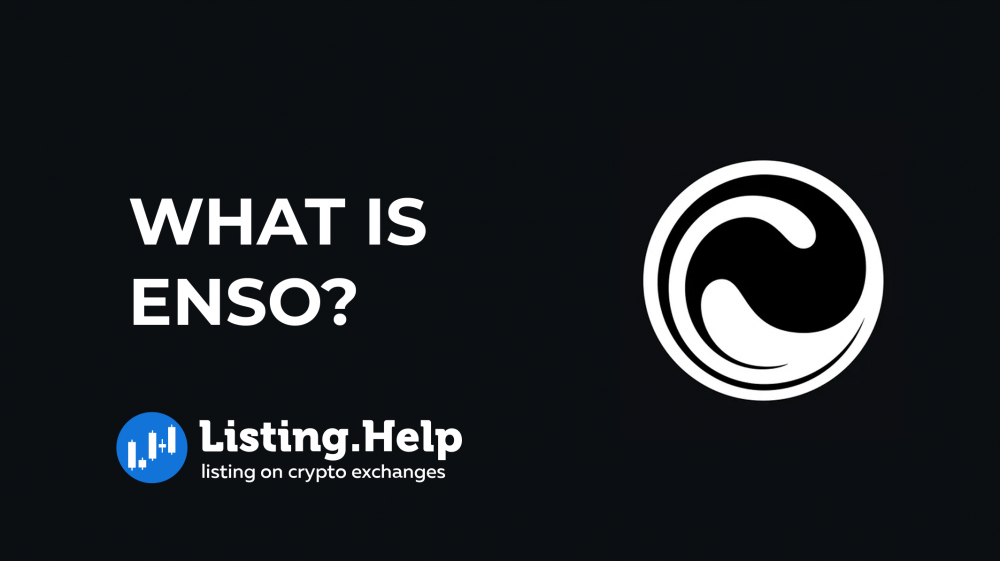


 December 8, 2025
December 8, 2025 